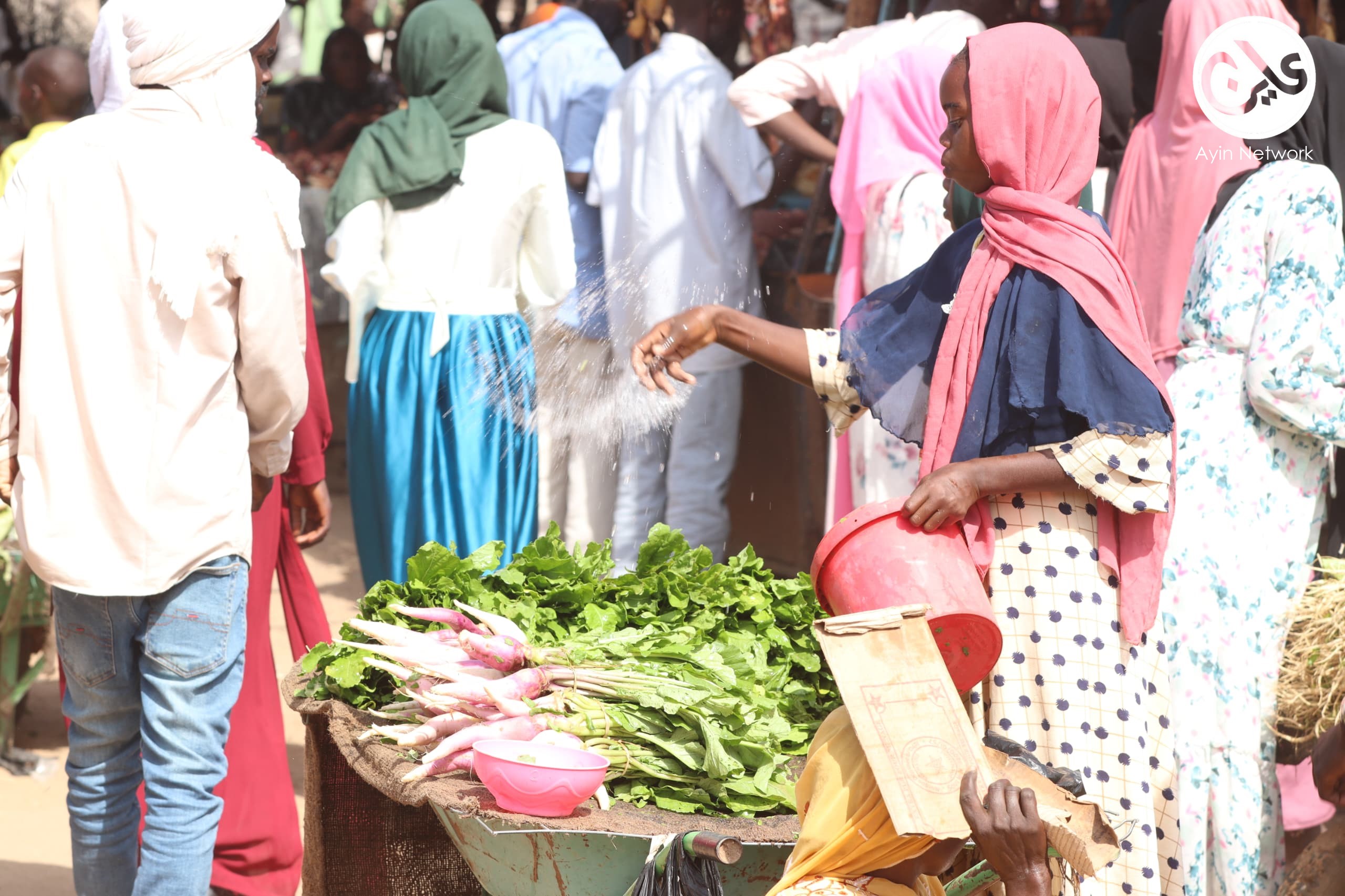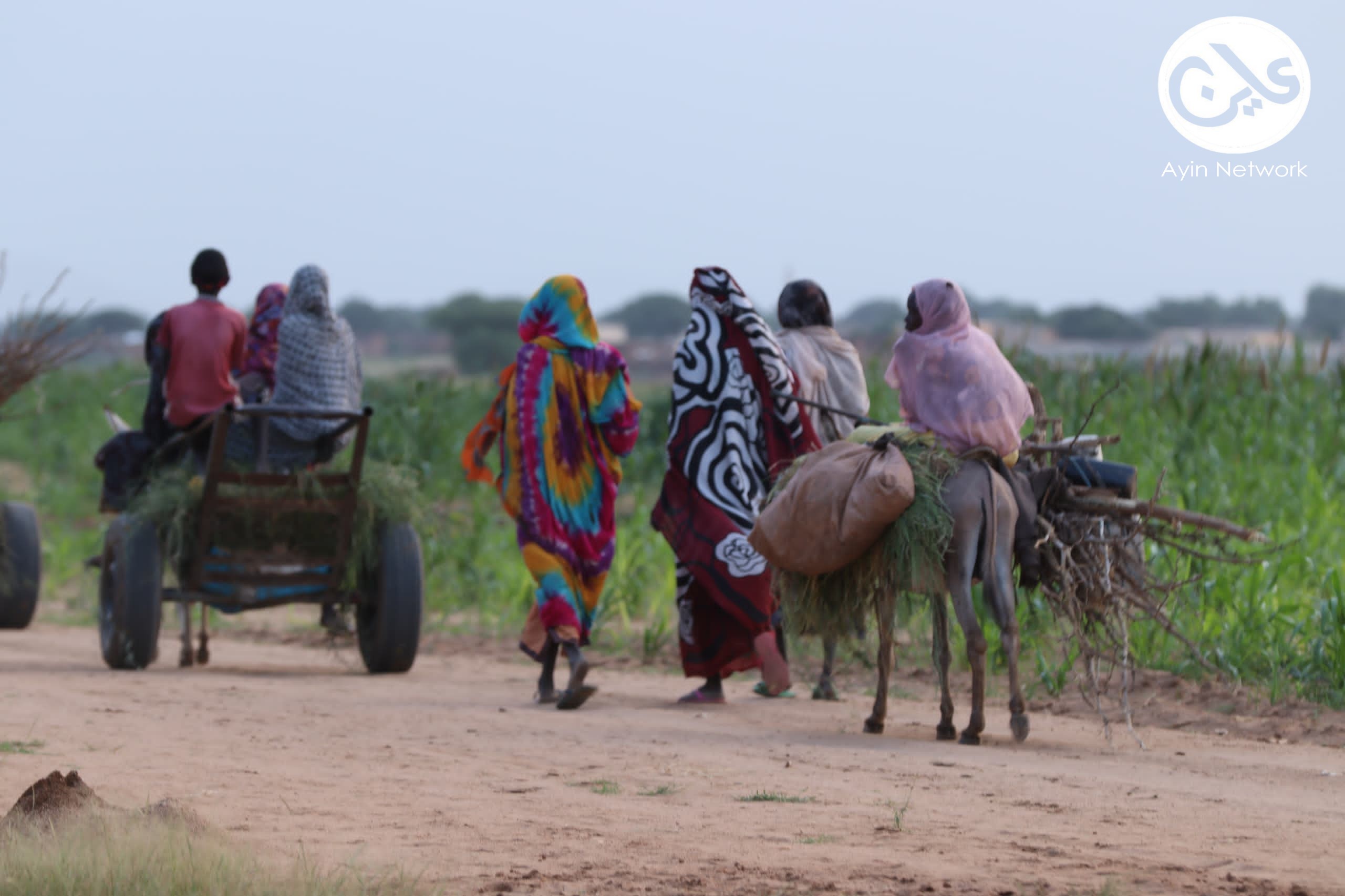Small but critical farming in Darfur has helped reduce prices
7 October 2024
In several regions of Darfur, western Sudan, prices of sorghum and other food items have decreased with the start of the agricultural harvest season. This development offers some relief to the food crisis in many towns within the conflict-ridden region.
Despite the risks, Darfur residents have managed to harvest small areas of cultivated land in an effort to mitigate the man-made famine looming in the region due to the ongoing fighting between Sudan’s army and the paramilitary Rapid Support Forces (RSF).
Farmers and residents in east, south and central Darfur regions said the prices of basic staples such as sorghum, millet, and wheat are beginning to drop. According to traders in East Darfur State, the prices of a sack of millet dropped from roughly $176 to $94, sorghum decreased from $125 to $78, wheat flour went from $35 to $25, and a 50 kg sack of sugar has reduced from $86 to $59.
This could be a welcoming development for civilians that, until recently, faced prohibitively high market prices due to the lack of availability. Intense fighting coupled with floods has severely impacted trade supply routes in the region, inducing unprecedented price hikes. The re-opening of routes to South Sudan after the roads dried from the floods has also contributed to to the reduction of prices for food supplies, the same traders told Ayin.
According to Hussein Haroun, a farmer in East Darfur State, the harvesting of sorghum and millet, along with the opportunity to take these crops to market, has contributed to the decrease in prices. The harvests have also “broke a monopoly” by traders over grain prices who kept costs high, fearing a loss, Haroun added. “Since mid-September, most families in southern and eastern Darfur have relied on the new sorghum and millet harvest, even though the crops have not fully matured,” he told Ayin. “At least now families can now provide their daily meals.”

Reduced cultivated areas
Abdullah Hamid, a consultant for the Food and Agriculture Organisation (FAO) in Darfur, however, said the area of cultivation in Darfur is significantly smaller than previous years and the current price respite may be short-lived. Prior to the war, Darfur had 50 million feddans of cultivable land—this has been reduced to 13 million feddans, Hamid said.
Hamid pointed out that the war has created marketing challenges for cash crops like peanuts and vegetables due to the insecurity and subsequent high transportation costs. As a result, Darfur farmers are forced to sell sorghum and millet at low prices to traders, who then monopolise and raise prices again in the coming months.
Nevertheless, Hamid says, the small areas that were farmed have led to some relief to the food crisis in eastern, southern, and central Darfur, which received early rainfall. Restive areas, however, such as El Fasher in North Darfur State, where residents are trapped amidst the fighting, still face famine conditions.



